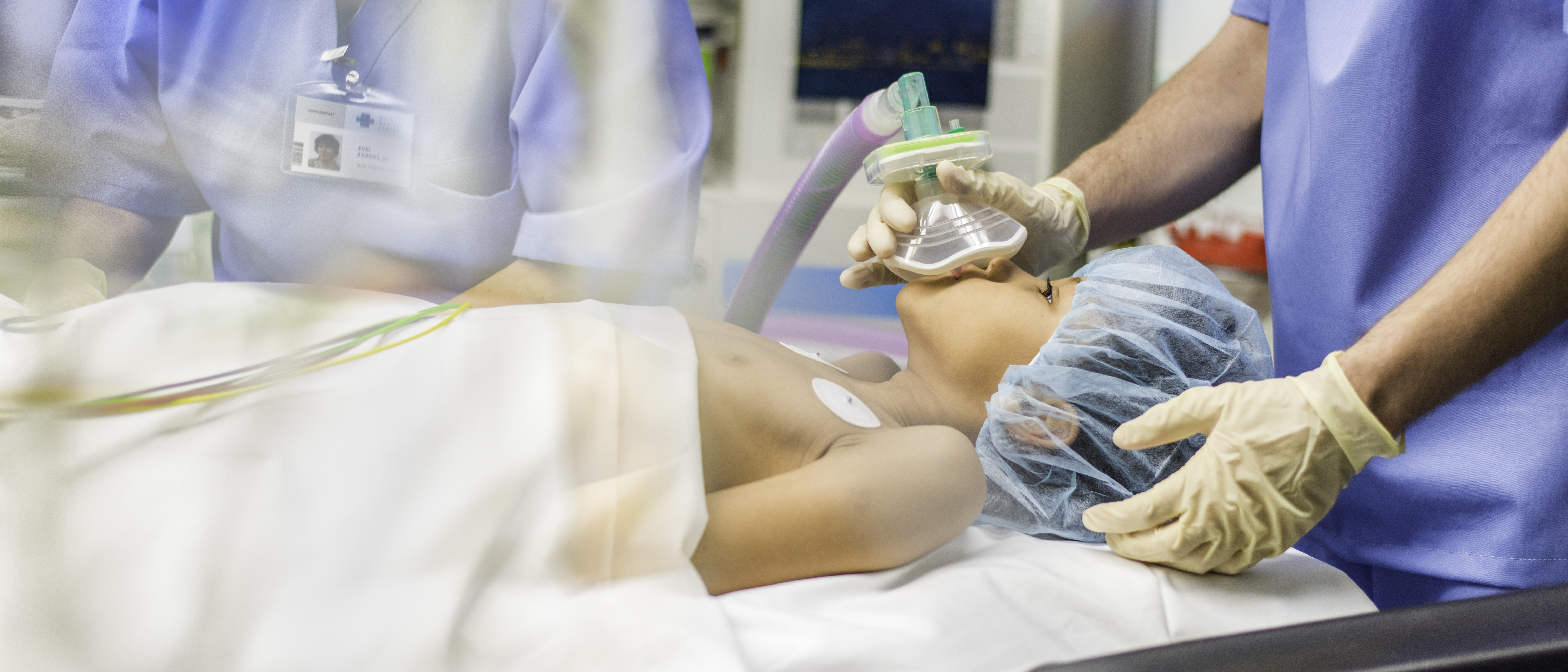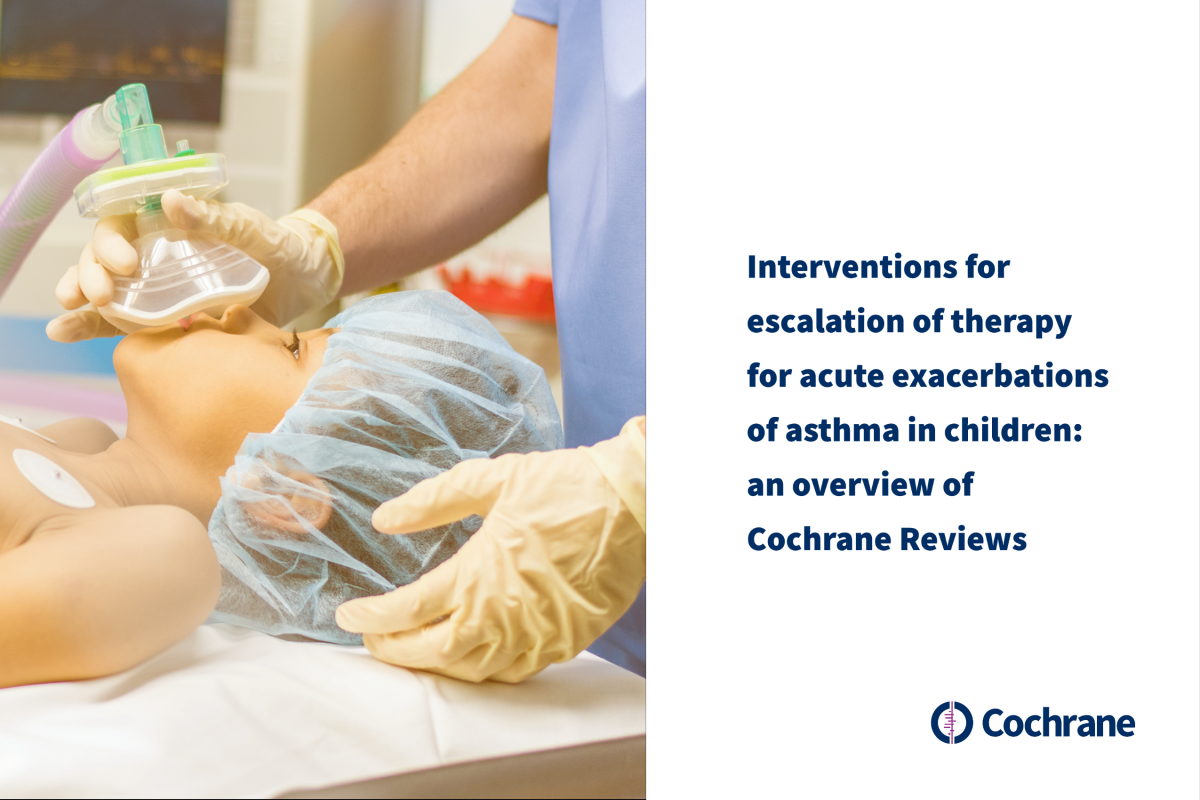
Interventions for acute severe asthma attacks in children: an overview of Cochrane Reviews
Asthma is a common childhood illness that is caused by narrowing of the small air passages in the lungs. This narrowing is due to swelling and inflammation and to muscles around the air passages becoming tighter. An acute asthma attack results in shortness of breath, cough, wheeze, and chest tightness.
When children have an asthma attack, the standard treatment is to give steroids to reduce inflammation and swelling (usually given by mouth) and inhaled medications to relax the muscles in the air passages (called "bronchodilators"). In this review, that standard treatment is called "first-line" treatment. These medications are well understood to be the best treatments for use in the first instance.
Some children's asthma attacks do not improve with first-line treatment, and more treatment is necessary - usually at the emergency department or hospital; in this review, we call this 'second-line' treatment. However, the best second-line treatment for children who do not respond to first-line treatment is poorly understood. Many treatment options are available, and what is done for children varies from hospital to hospital.

The author team wanted to look at existing Cochrane Reviews of second-line treatments for children having asthma attacks. They aimed to be able to bring this information together in a useful way and to present the evidence that would help the practitioner make the best treatment decision for each child having an asthma attack when inhaled bronchodilators and oral steroids have not helped with symptoms.
The overview includes 13 Cochrane Systematic Reviews on various treatment options, including inhaled medication, intravenous medications, and other therapies. This overview provides the most up-to-date evidence from systematic reviews with meta-analyses of randomised controlled trials on acute severe asthma in children. This overview is current to December 2019.
Key results
For children with acute severe asthma requiring additional treatment, the authors found that:
- intravenous magnesium sulfate (a bronchodilator given through a vein) appears to reduce the length of time spent in hospital;
- no evidence suggests that any treatment reduced the risk of being admitted to intensive care;
- some treatments appeared to reduce the risk of hospital admission. These included adding a second type of inhaled bronchodilator treatment (anticholinergic medication such as ipratropium bromide) to standard inhaled treatment (beta-agonist such as salbutamol), giving intravenous magnesium sulfate, and breathing a mixture of helium and oxygen;
- serious adverse events may be reduced by inhaled magnesium sulfate;
- nausea and/or vomiting is more common with aminophylline (another bronchodilator medication given through a vein); and
- adding a second type of inhaled bronchodilator treatment (anticholinergic medication such as Ipratropium bromide) reduces the risk of nausea and tremor but not vomiting.

